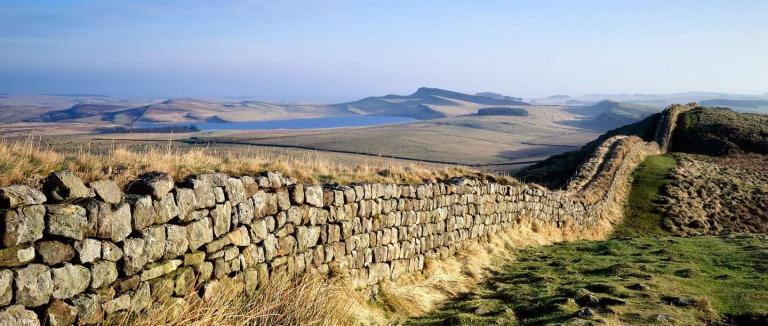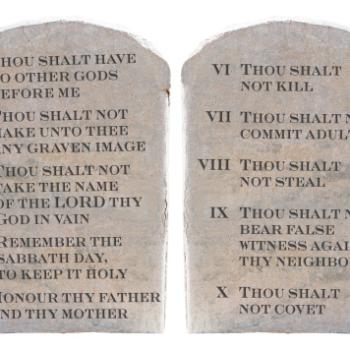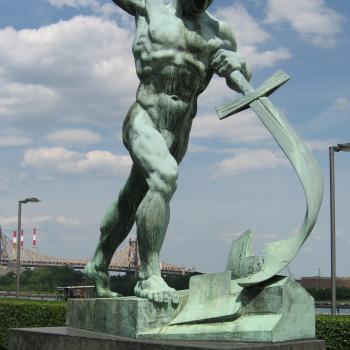[For an explanation of these 18 posts, see Part 1 published on 3/27/2019.]
Some Early History of Walls and Fences
Some people argue that physical barriers on national borders are immoral and that people should be allowed to freely go wherever they desire. But that is overly idealistic, if not naïve, in a world of evil. Just as homeowners have a legitimate right to decide who they allow into their homes, nations have a right to decide who comes into their lands.
For thousands of years during antiquity, city-states existed that were surrounded with huge walls to protect against hostile intruders. Each city-state had its own king. Such walls still existed abundantly into the Middle Ages, especially in Europe. Walled castles for elite families were all over Europe. Some also were surrounded by moats. Walls also were built around European cities to retard the movement of unwanted immigrants.
 Even ancient empires sometimes had walls. Hadrian was emperor of the Roman Empire in 117-138 CE. During 122-128, Hadrian’s Wall was built in northern Britannia, supposedly to keep out northern barbarians. It extended seventy-three miles in an east-west direction from sea to sea. It was constructed of stone on a stone base with a moat. It included forts every five miles. Much of this wall was eight feet wide and ten feet high with rubble inside. It may have been covered in white plaster to be seen from miles around and thereby reflect Roman power. Roman rule ended in Britain in 410. Much of Hadrian’s Wall thereafter fell into disuse. But some of it remains today as a UNESCO World Heritage Site. Thus, Hadrian’s Wall is now a major tourist attraction in England. It is not located on the England-Scotland border as often presumed. Rather, it is half a mile south of this border in the west and sixty-eight miles south of it in the east.
Even ancient empires sometimes had walls. Hadrian was emperor of the Roman Empire in 117-138 CE. During 122-128, Hadrian’s Wall was built in northern Britannia, supposedly to keep out northern barbarians. It extended seventy-three miles in an east-west direction from sea to sea. It was constructed of stone on a stone base with a moat. It included forts every five miles. Much of this wall was eight feet wide and ten feet high with rubble inside. It may have been covered in white plaster to be seen from miles around and thereby reflect Roman power. Roman rule ended in Britain in 410. Much of Hadrian’s Wall thereafter fell into disuse. But some of it remains today as a UNESCO World Heritage Site. Thus, Hadrian’s Wall is now a major tourist attraction in England. It is not located on the England-Scotland border as often presumed. Rather, it is half a mile south of this border in the west and sixty-eight miles south of it in the east.
When Spain’s Conquistadors invaded the New World in the sixteenth century, they discovered the Incas in South America. They had walls up to sixty feet tall surrounding some of their cities. The stones used for building these walls was made of limestone weighing as much as 360 tons. They did not use mortar, as Europeans did, but cut stones to fit perfectly with each other. Even though the Conquistadors’ fighting force was outnumbered as much as 35 Incas to 1 Conquistador. Their guns way outmatched the Incas primitive weapons. The Conquistadors used tall ladders to overcome the Incas’ walls.
The invention of gunpowder by the Chinese in the ninth century eventually rendered defensive walls useless. But it took a while. At first, the Chinese invented explosives merely for fireworks that were shot off for entertainment and celebrations. After that, explosives had a long and slow history of development. Artillery was not developed until the fifteenth century. In time, heavy iron balls were shot from canons to blast holes into defensive walls, making such walls somewhat obsolete.
(When I was in junior high school [middle school], I wrote a term paper about European medieval castles, walled cities, and weapons used to defend and overcome them. It was my favorite term paper that I wrote in both middle school and high school. I learned how different life was for people back then, defending themselves from intruders.)
In mid-2018, the UN Refugee Agency reported that “border walls and fences around the world keep increasing.” This report says that at the end of WWII there were seven national border walls in the world; when the Berlin Wall fell in 1989 there were fifteen such walls; and by mid-2018 there were seventy-seven border walls world-wide. A sharp increase in border walls has occurred in recent years mostly due to an increase in illegal immigration and transport of illegal drugs. There has been much disagreement among peoples around the world about the necessity of erecting such walls and fences.












